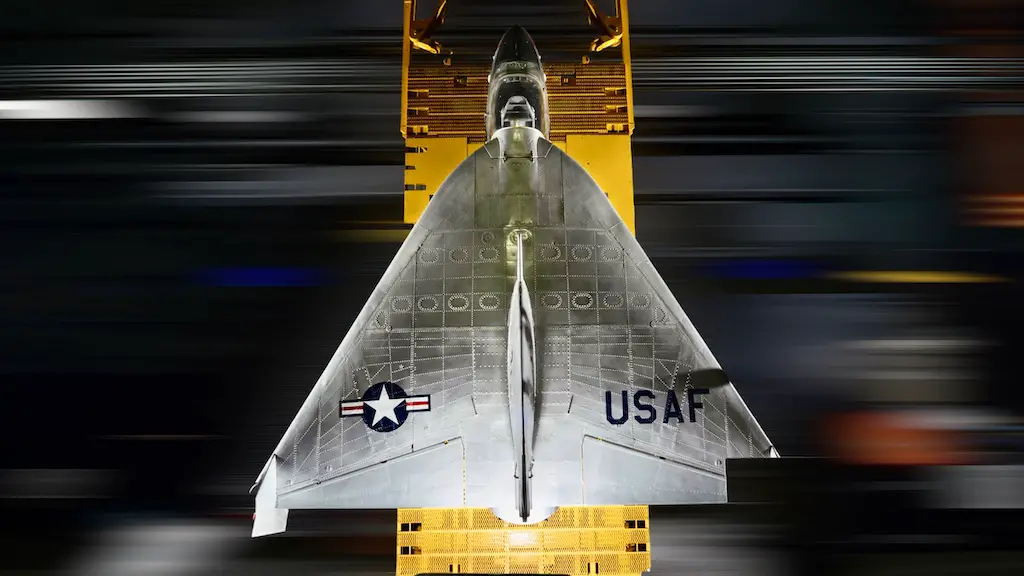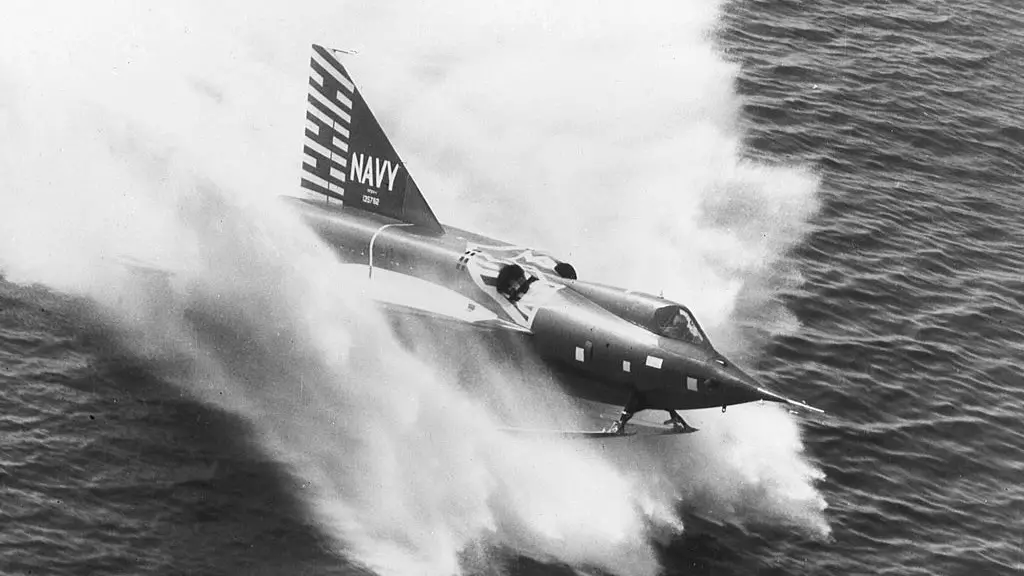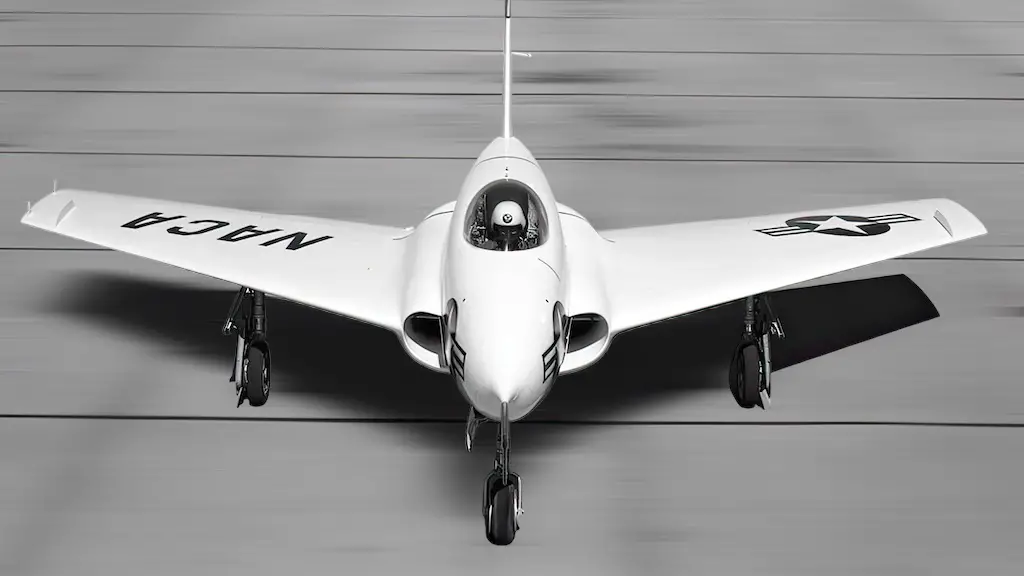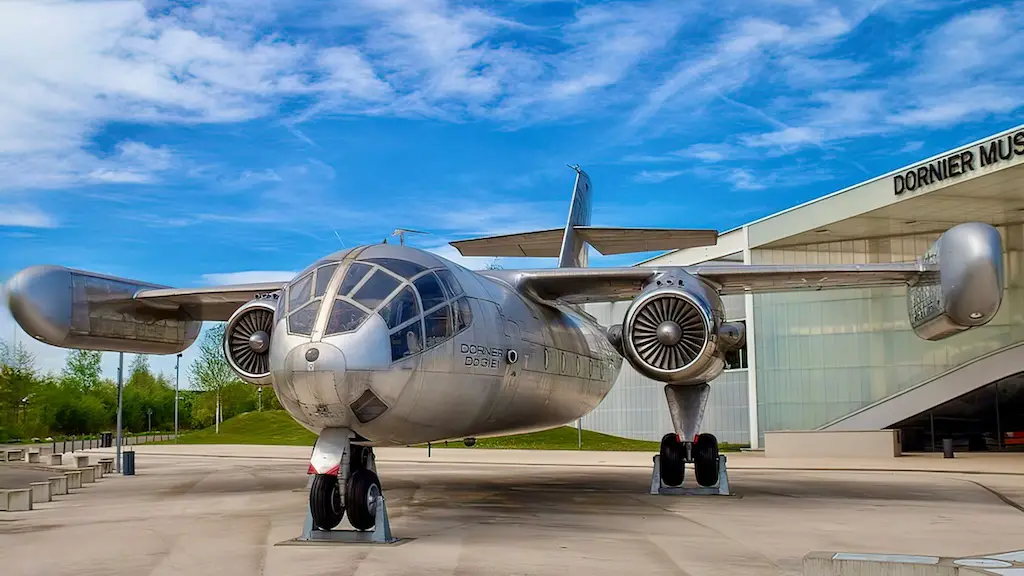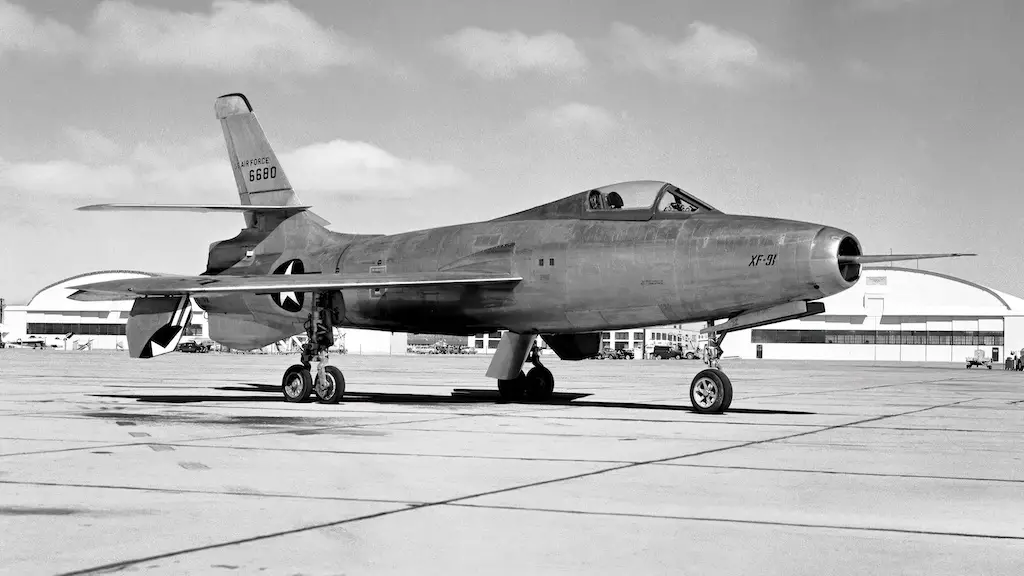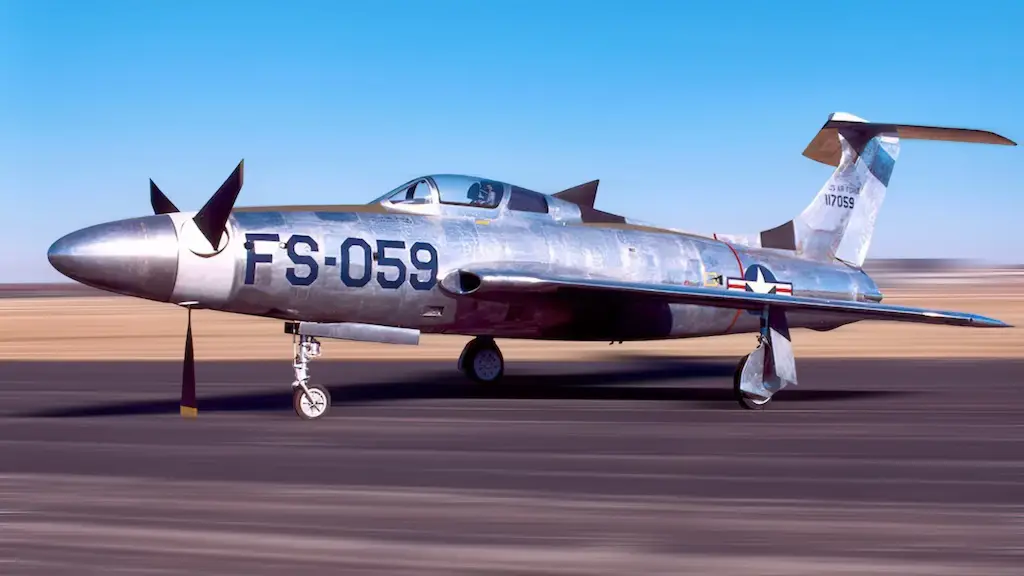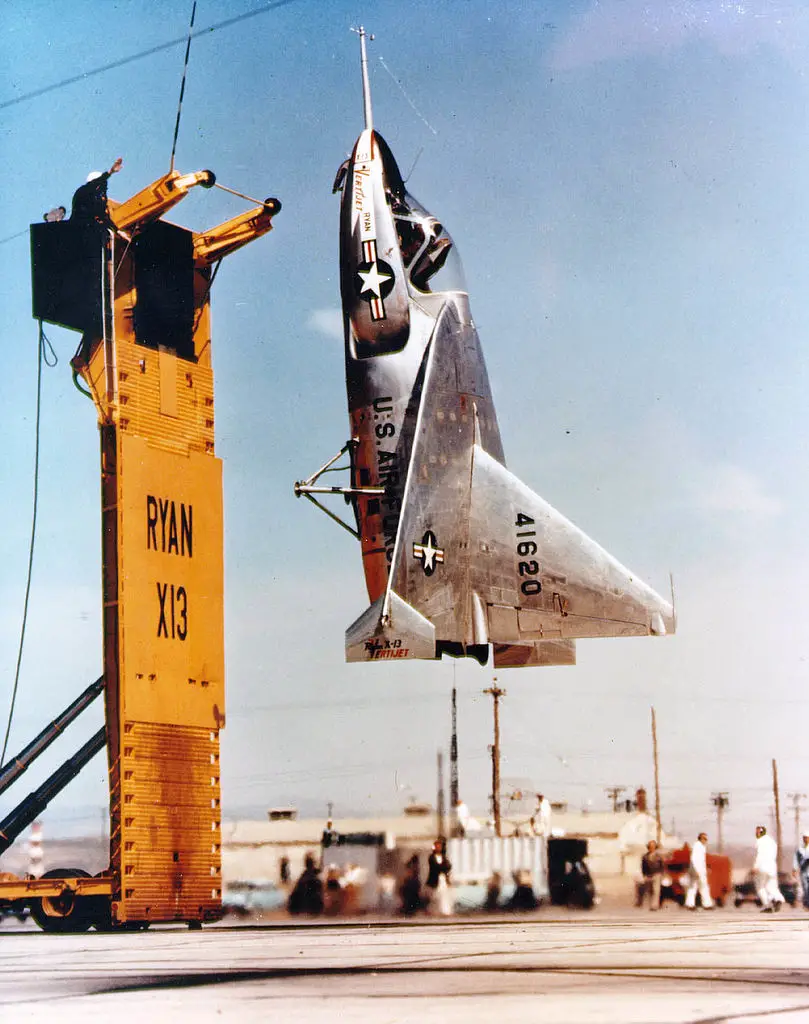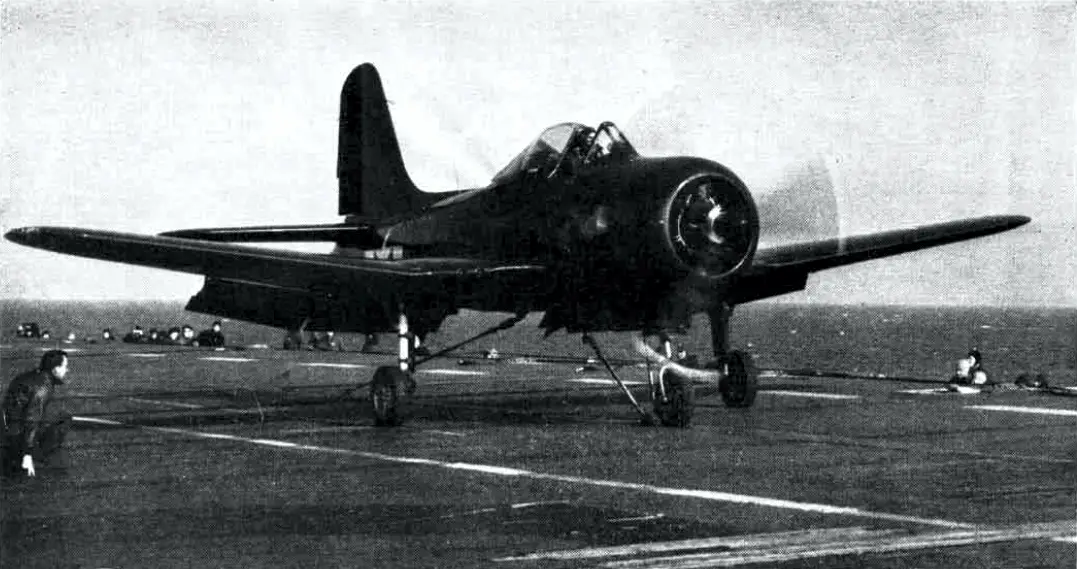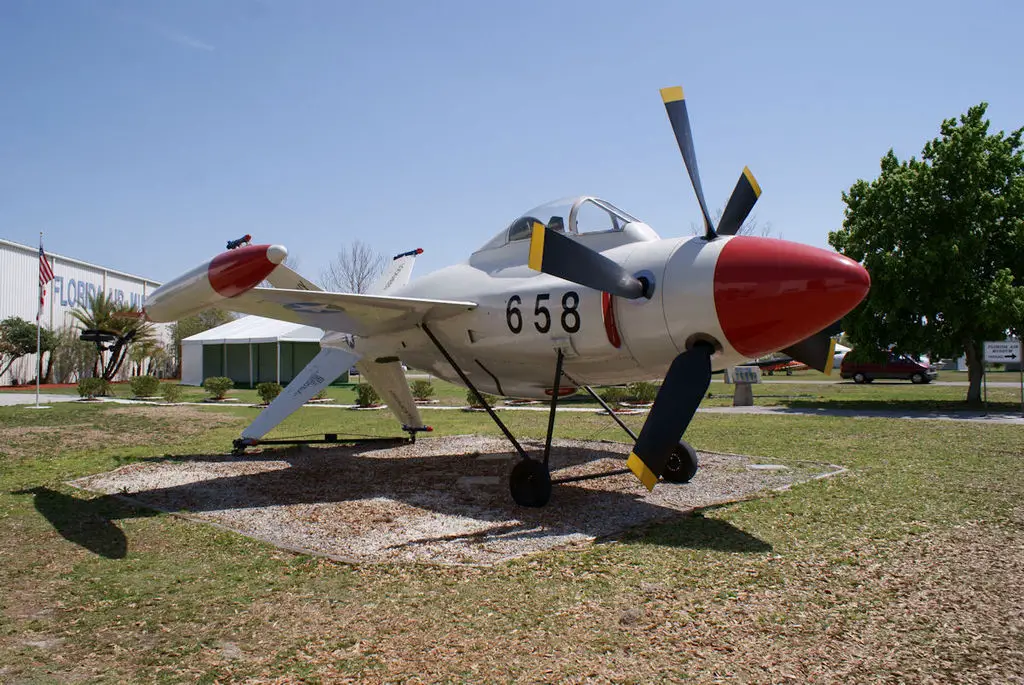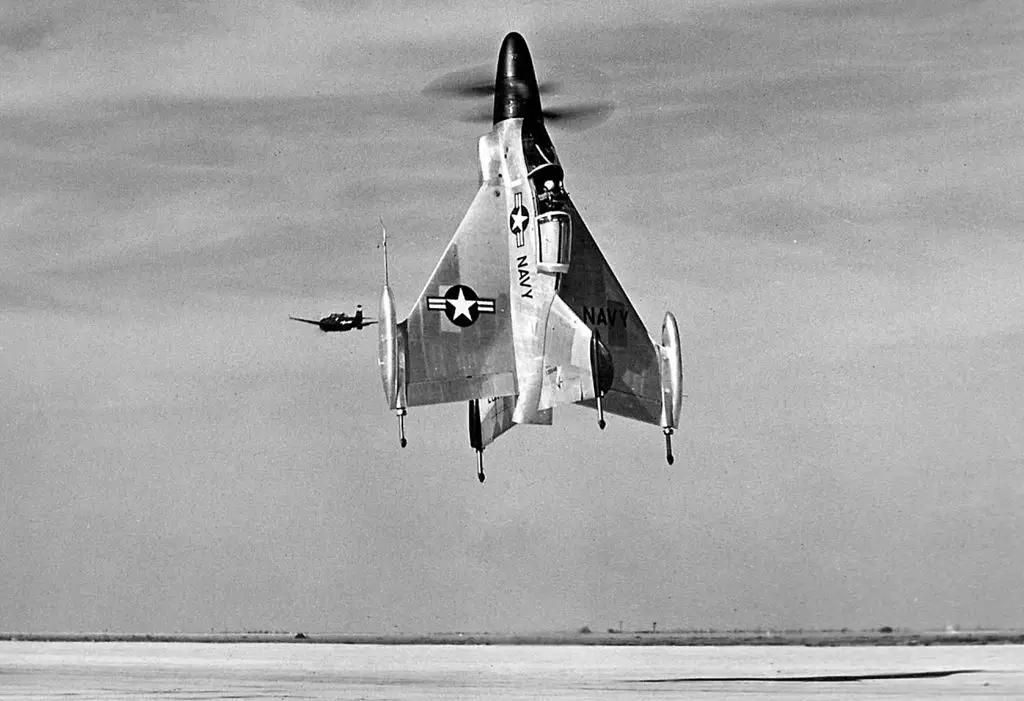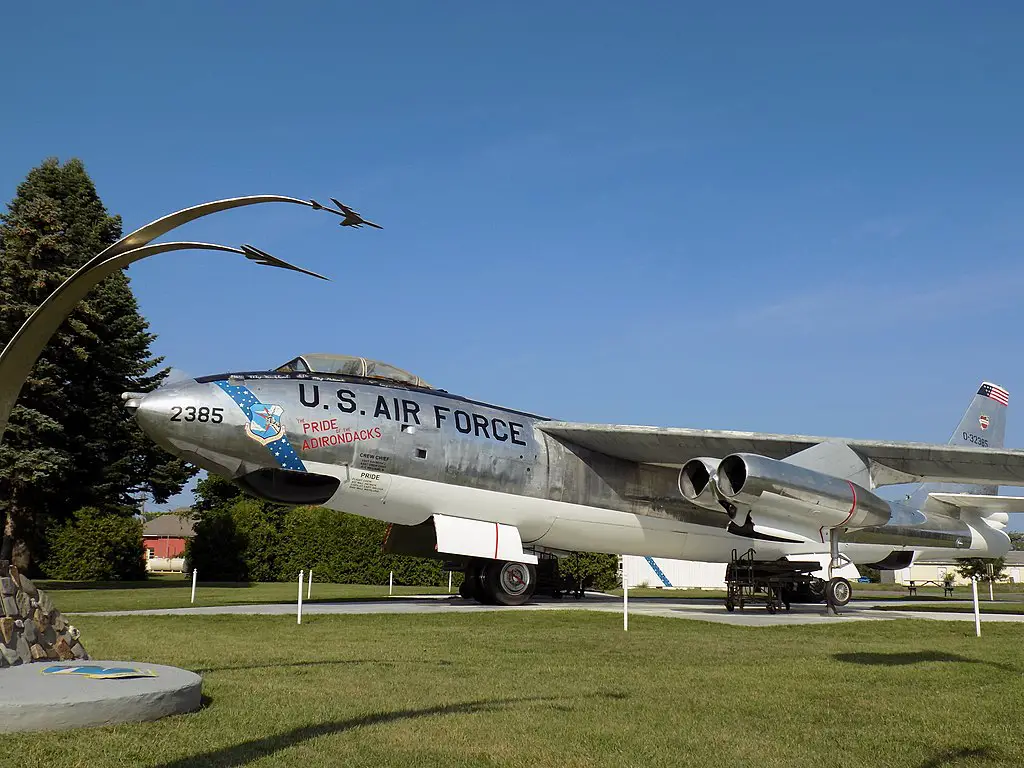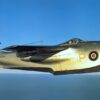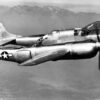Creating the VTOL
Ryan X-13 Vertijet was a good example of how an aircraft can be designed to do almost anything, as long as it doesn’t have to do it well. The goal was to create a vertical take-off and landing (VTOL) aircraft; It looked inevitable that nuclear weapons would be used as the opening salvo in any future big confrontation on the European continent, wiping out military infrastructure—including airstrips—across the majority of the continent. Therefore, having an airplane that could take off and land anywhere would be helpful.
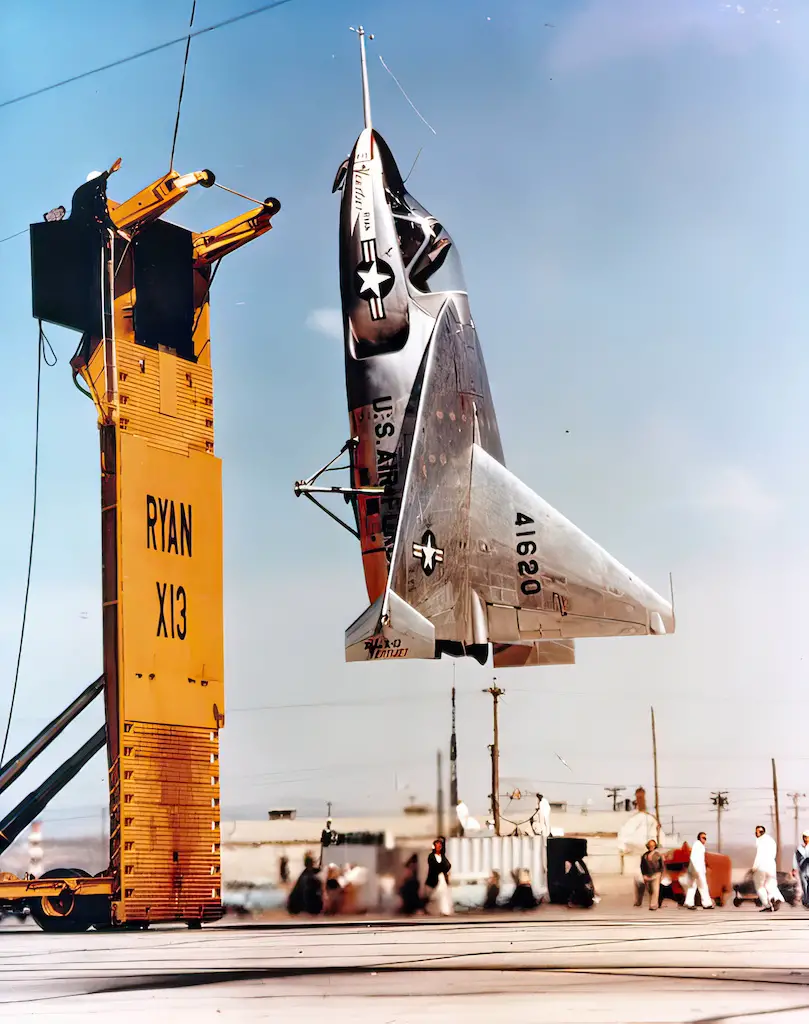
VTOL Rush
Most significant American aircraft manufacturers throughout the 1950s anticipated using Vertical Takeoff and Landing (VTOL) technology on various military aircraft. In an era of intercontinental ballistic missiles and thermonuclear bombs, the armed forces spent significant money developing VTOL aircraft that could be safely dispersed at tiny operating sites without the need for large and vulnerable air bases or aircraft carriers.
A plane with a thrust-to-weight ratio greater than one may take off vertically, change to horizontal flight once in the air to complete its mission and then return for a vertical landing without the need for pricey, vulnerable runways. With its X-13 Vertijet, the Ryan Aircraft Corporation sought to turn this concept into a workable fighter for the Air Force.
The Vertijet is born.
Just after World War Two, Ryan engineers casually discussed whether or not their FR-1 Fireball, which had a thrust-to-weight ratio of one at low fuel supplies, might take off vertically. This is how Vertijet was born. The concept of vertical takeoff quickly moved past the debating stage.
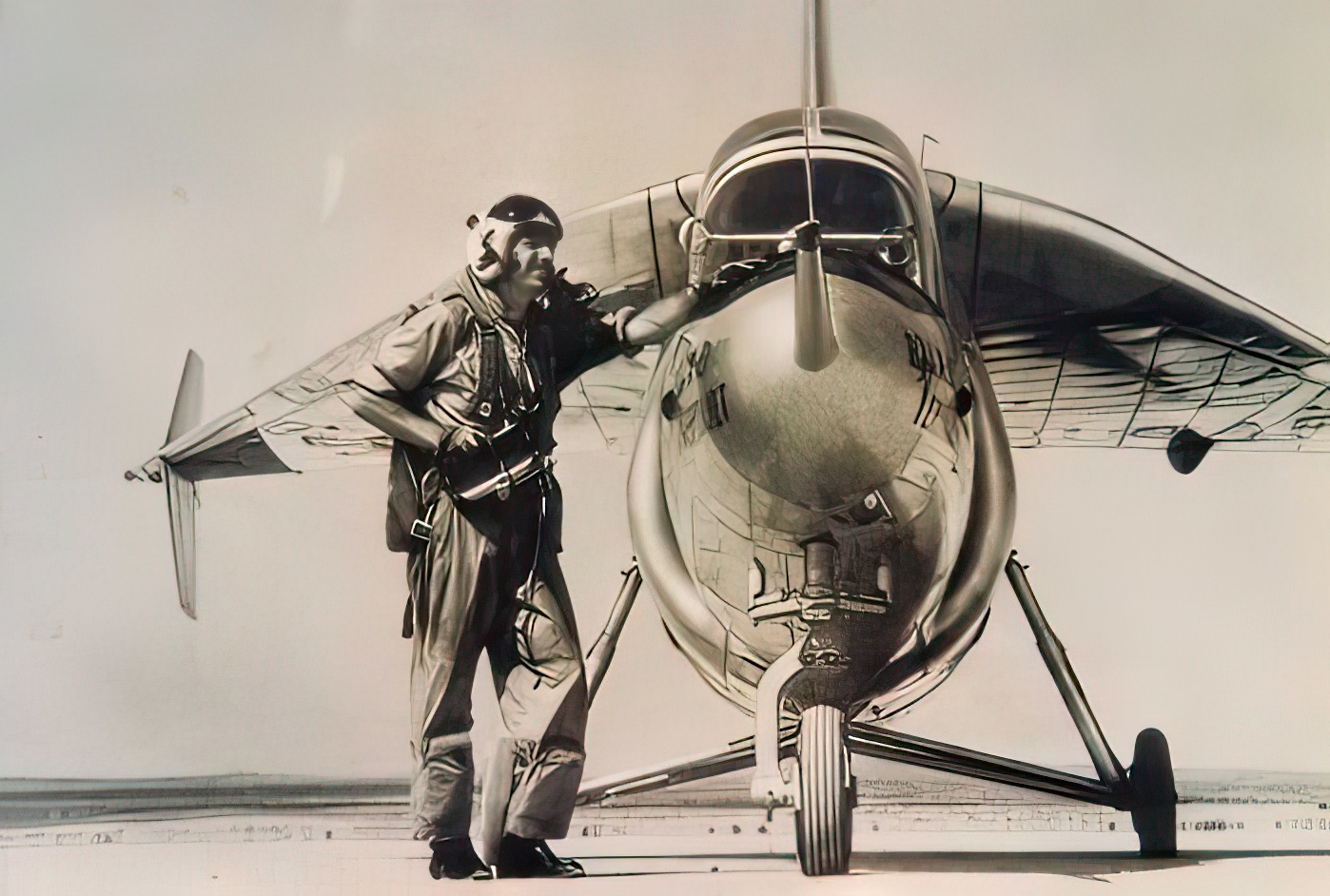
As part of a project to assess the viability of aircraft based on submarines, the Navy’s Bureau of Aeronautics gave Ryan a contract in 1947 to explore the technical difficulties associated with creating a vertically-launched jet fighter. Additionally, the Navy provided funding for many “tail-sitter” aircraft, primarily conventionally-shaped aircraft with massive, counter-rotating propellers that would rest vertically on a reinforced tail portion.
These designs, such as the Convair XFY-1 (see NASM collection) and Lockheed XFV-1, were intended to ascend vertically from a variety of naval vessels using their high-thrust propellers, providing defensive air cover without the need for aircraft carriers.
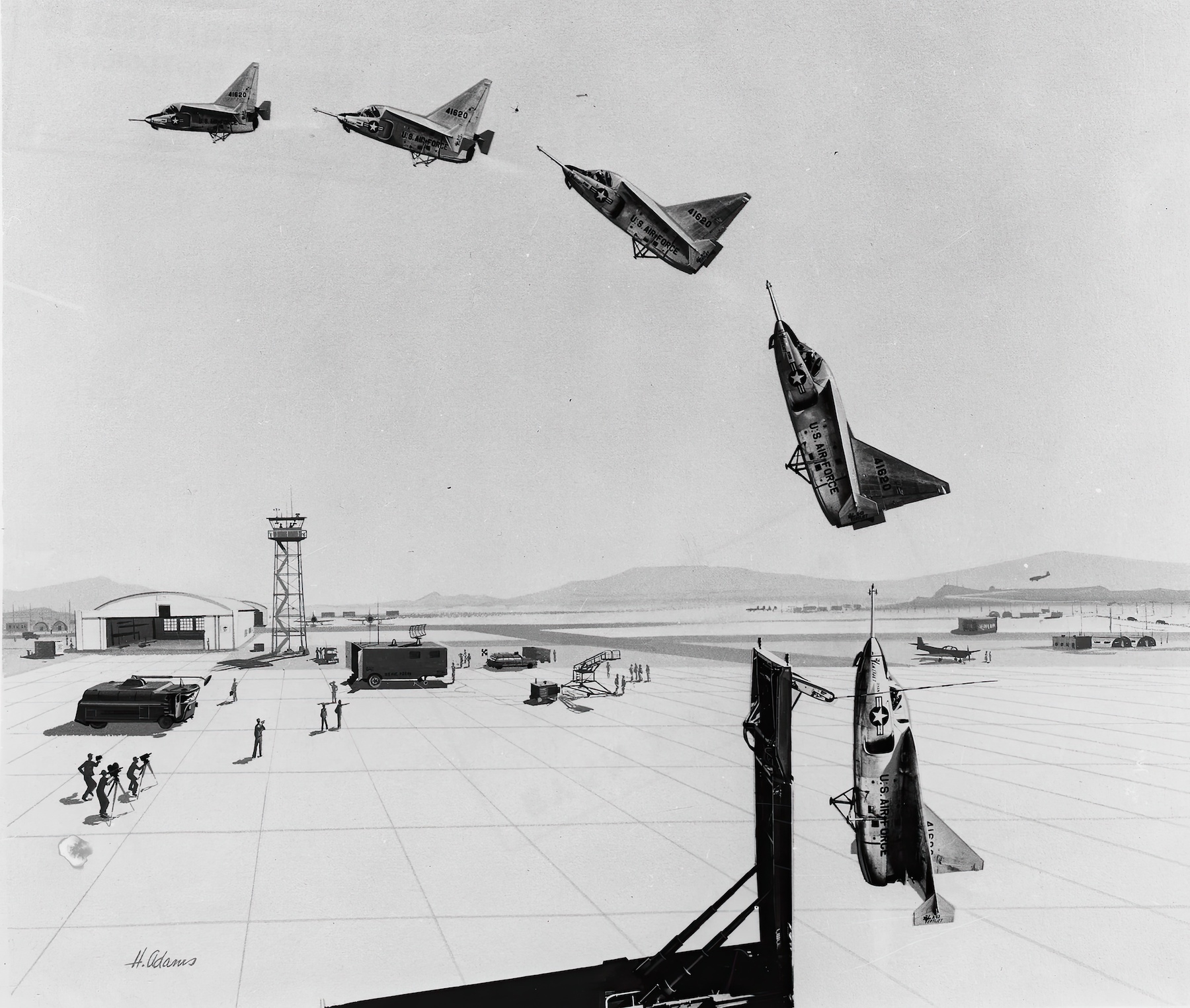
DIY cockpit made out of a B-47 fuel tank
According to Ryan’s engineering studies, a similar jet-powered aircraft was viable, provided it included a response control system that directed exhaust gases in the right direction to enable control during hovering and low-speed flight. An autonomous flying demonstration was built thanks to a later Navy contract, and it took to the skies for the first time on October 20, 1950.
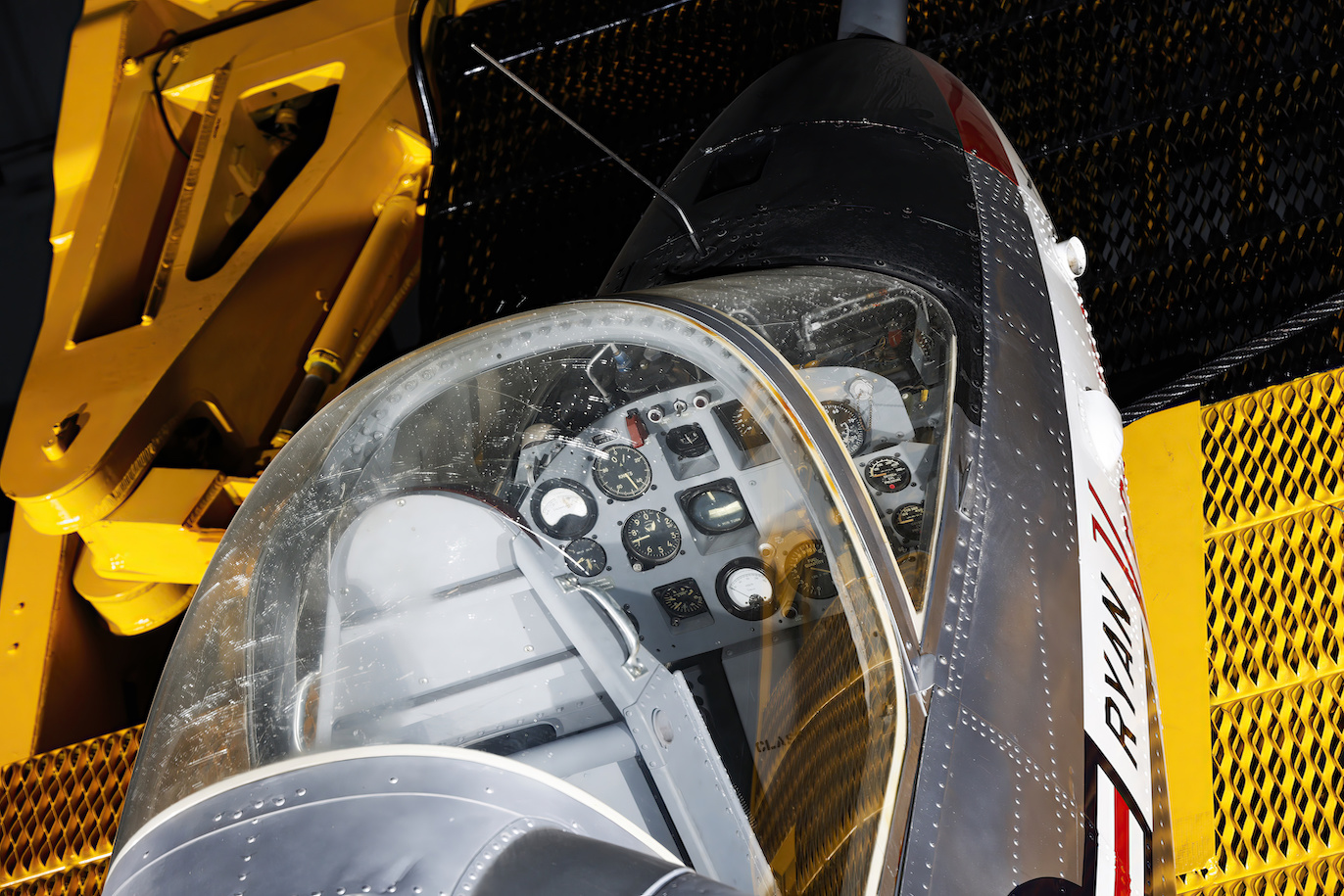
This awkward device, fondly known as the “beast in the backyard,” was powered by an Allison J33 turbine and used a ball-mounted nozzle to offer reaction control when hovering. For test pilot Peter Girard to assess the test-potential bed’s as a manned research aircraft that sat on its tail and took off vertically, Ryan engineers adapted a B-47 fuel tank into a cockpit. Girard performed the first manned hovering flight in a jet aircraft on November 24, 1953.
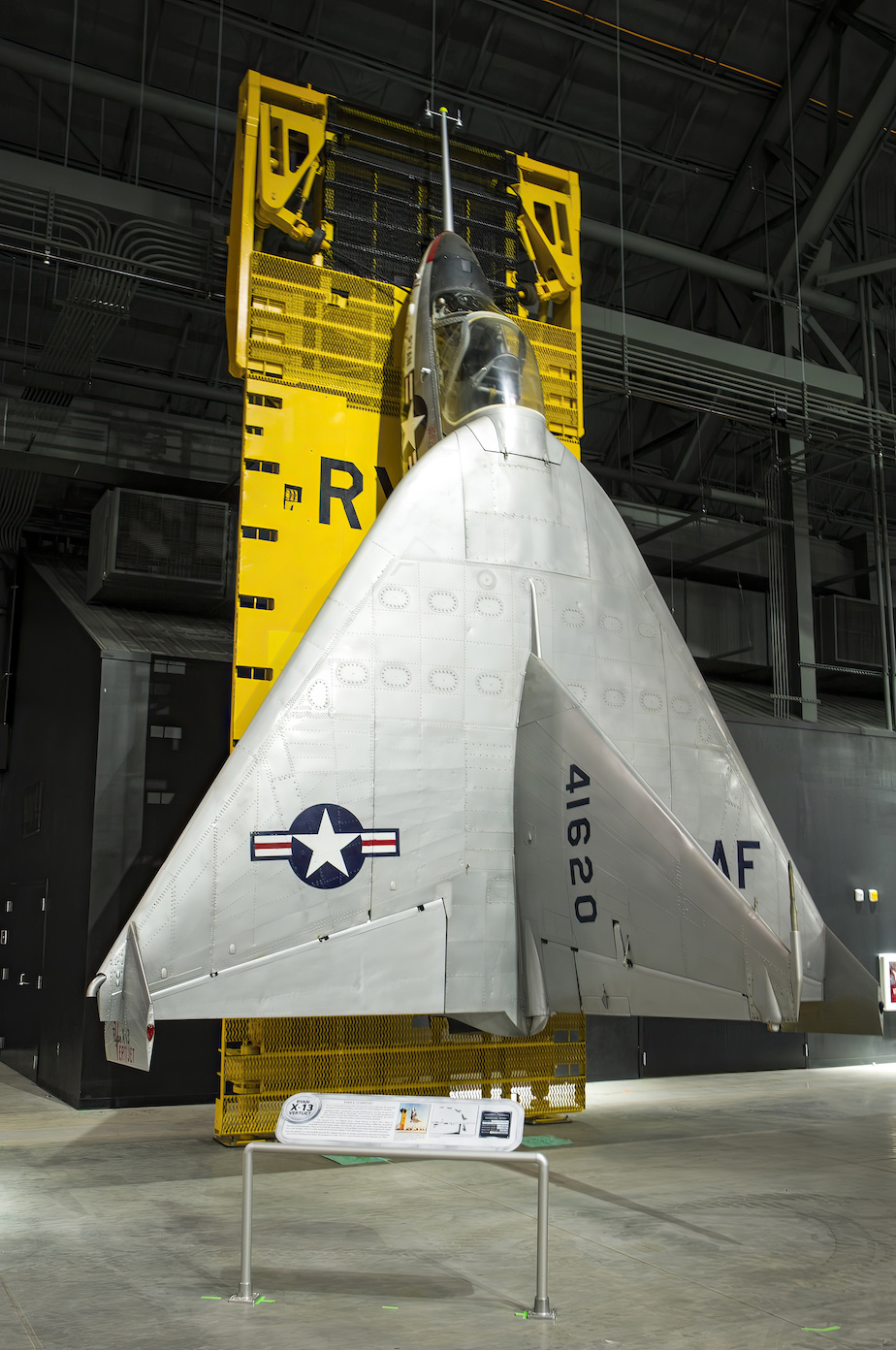
The Air Force takes an interest
After the Navy stopped funding Ryan’s research, the Air Force grew intrigued and, in July 1954, awarded the business a contract to build two VTOL tail-sitter demonstrators known as the X-13 Vertijet. Based on an earlier Navy design concept, this project’s goal was to show that readily dispersible VTOL fighters were suitable.
Chief Engineer Curtiss Bates oversaw the design and construction of the X-13, which became a small, single-engined delta-wing fighter. The fixed landing gear and a set of winglets were the only distinctive features that were noticeable to a casual observer. The Ryan Technical Section built the aircraft to travel on a unique trailer that could tilt vertically for the X-13’s launch and recovery during vertical takeoffs and landings.
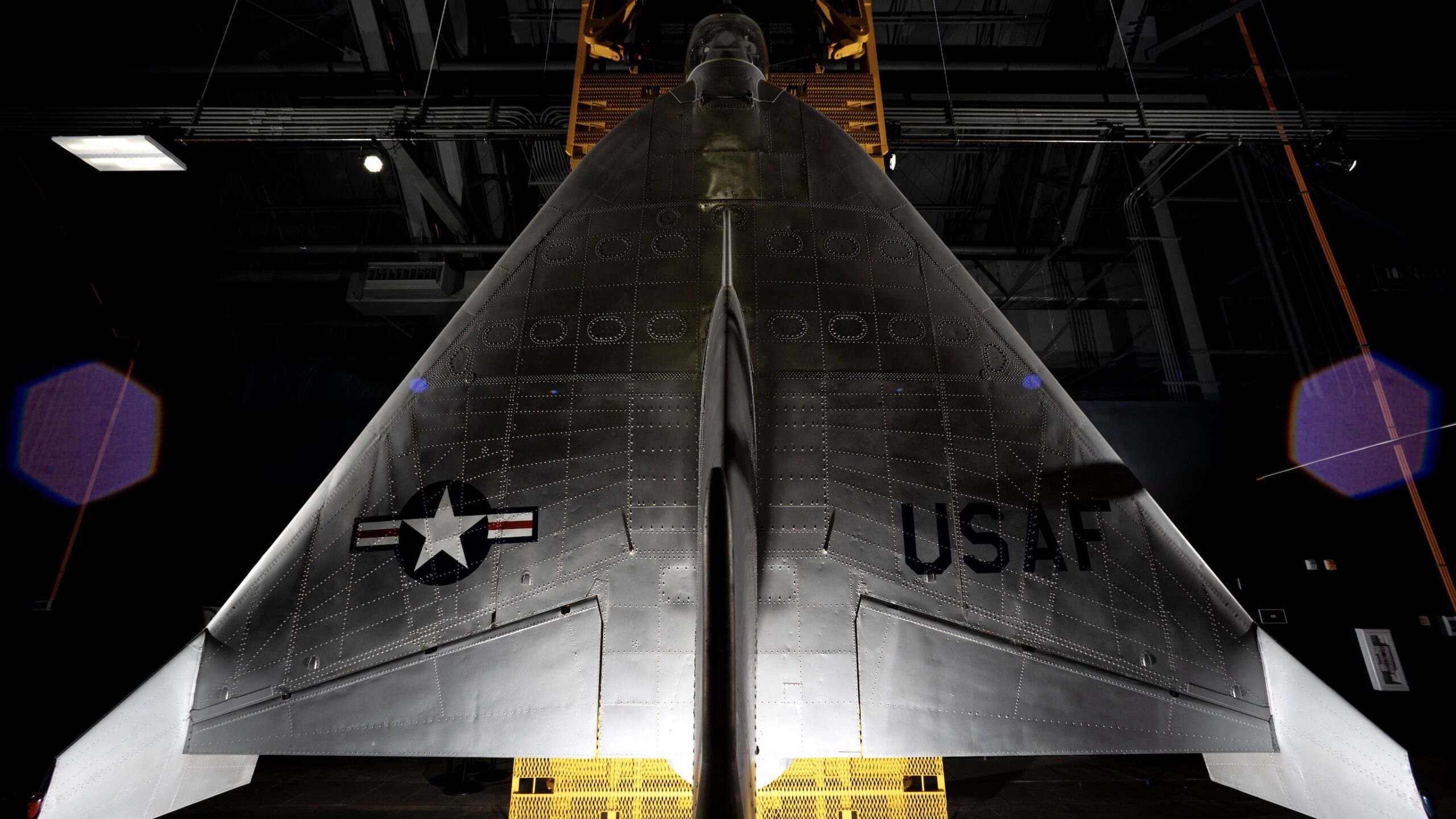
Ryan finished the first Vertijet (s/n 54-1619) by the end of 1955, and on December 10, Girard made its first flight. The X-13 was tested with a fixed tricycle landing gear and operated like a regular aircraft. Fuhrman and his colleagues decided to refrain from risking vertical flight testing until they had thoroughly investigated the X-13’s typical handling characteristics.
Engineers attached a temporary steel-tube truss with caster wheels to the back of the X-13 after installing dampers to address oscillation issues discovered during this testing stage. This eliminated the requirement for the difficult launch and recovery procedures inherent to the launch trailer and allowed the aircraft to sit on its tail during the vertical flight-testing phase.
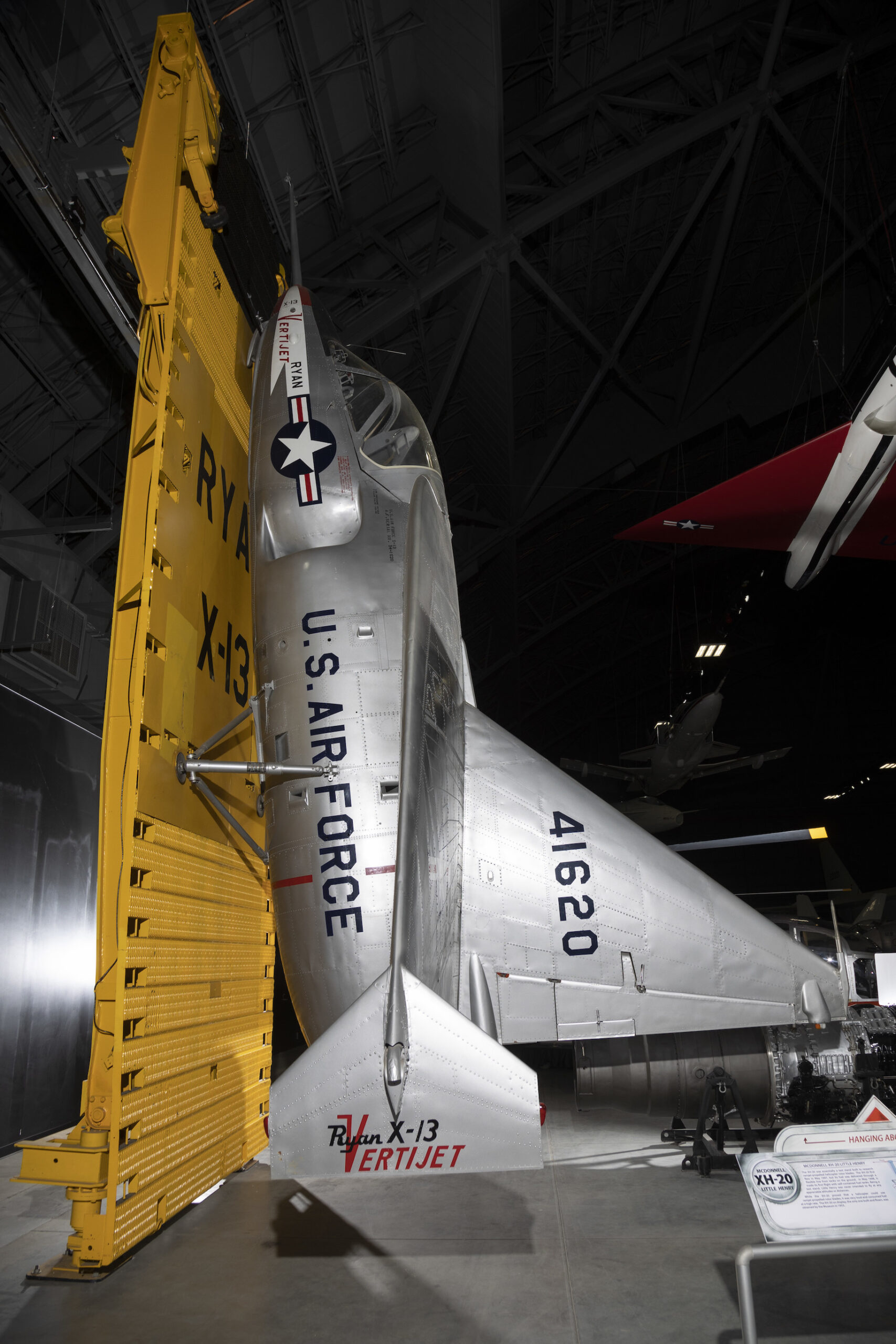
Performance
The X-13 was piloted in conventional flight by elevons and a rudder. A vectorizable exhaust nozzle connected to the controls gave a straightforward and efficient means of power as the aircraft changed to a nose-high attitude on the thrust from the engine. When necessary, tiny bleed-air thrusters installed on the wingtips allowed for modest modifications to the aircraft’s pitch and yaw. Without abrupt changes to the pilot control inputs, a stability augmentation system combines the traditional and VTOL control systems.
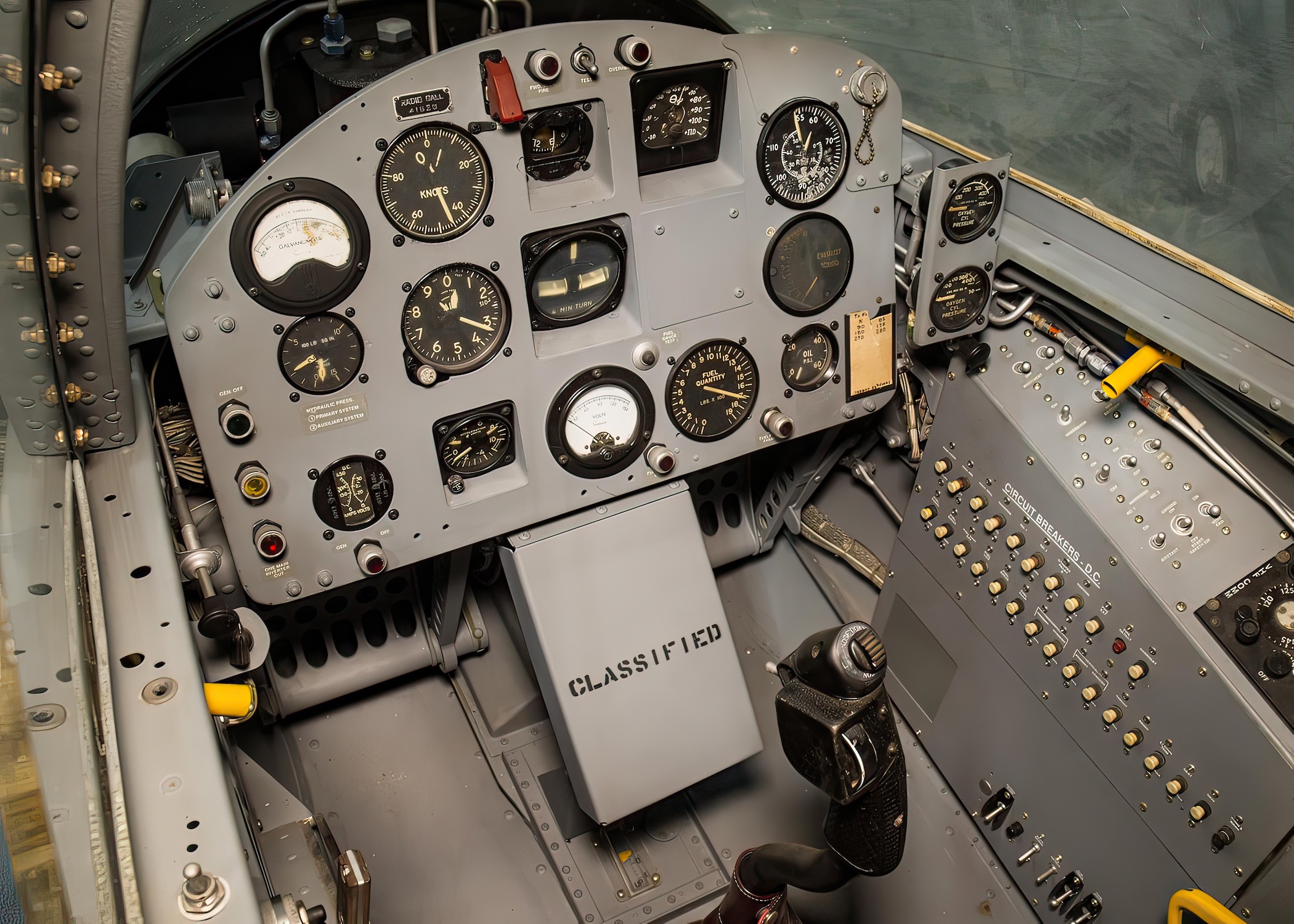
The vertical takeoff process involved raising the launch trailer’s bed vertically so that the X-13 could hang from a cable with a partially retractable hook suspended by two arms on top of the trailer. In addition, the fixed landing gears primary wheels were replaced with flat bumpers for vertical operations, protecting the fuselages underside from harm if it swung into the trailer’s bed while facilitating transport. To smoothly transition to conventional flight, the pilot merely raised the throttle until the hook lifted off the launch wire, backed away from the trailer, and then accelerated vertically.
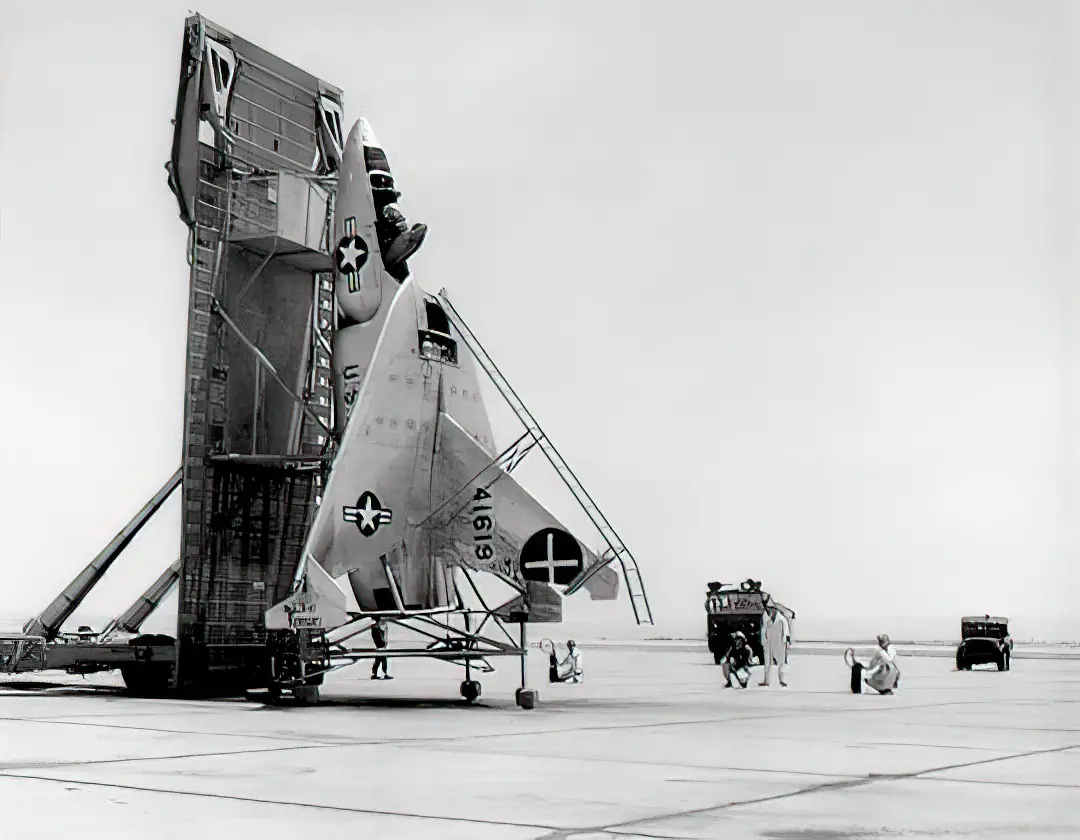
Vertical landings were trickier and the most impractical aspect of the Vertijet design. Its primary shortcoming, as with earlier tail-sitters, was the airframes obstruction of the pilot’s field of view, making it highly challenging to accurately gauge the distance to the ground without external aid. As a result, the pilot needed to approach the recovery trailer blindly with the underside of the fuselage facing the trailer’s surface, even though the pilot’s seat had tipped 45 degrees vertically during landing.
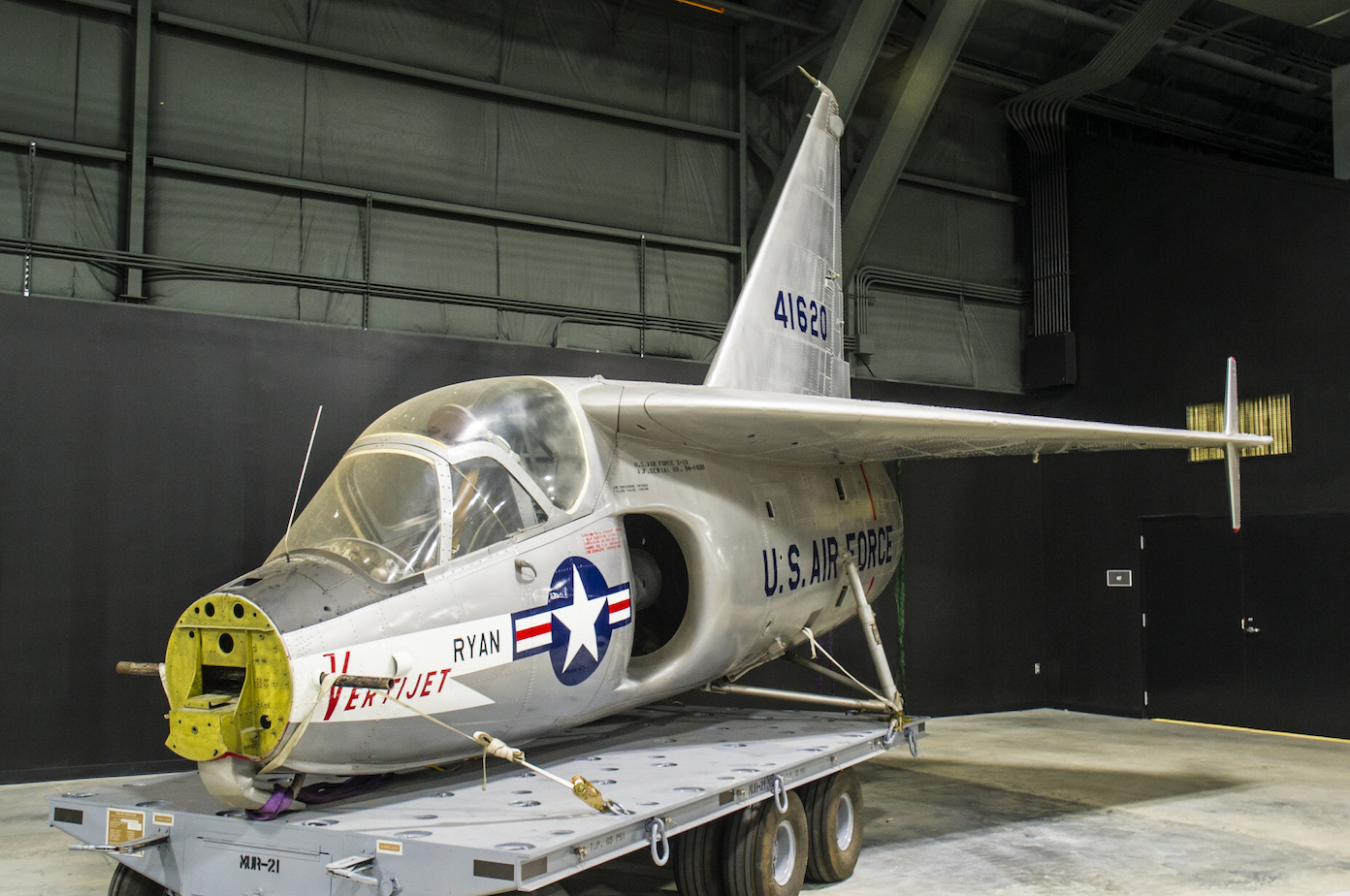
Cancelation and Legacy
Competition amongst programs decreased the funding available to finish the project, and on September 30, 1957, the X-13 made its final flight. Given the constraints of jet technology at the time of its development, the X-13 was an effective solution to the issues of developing a VTOL fighter.
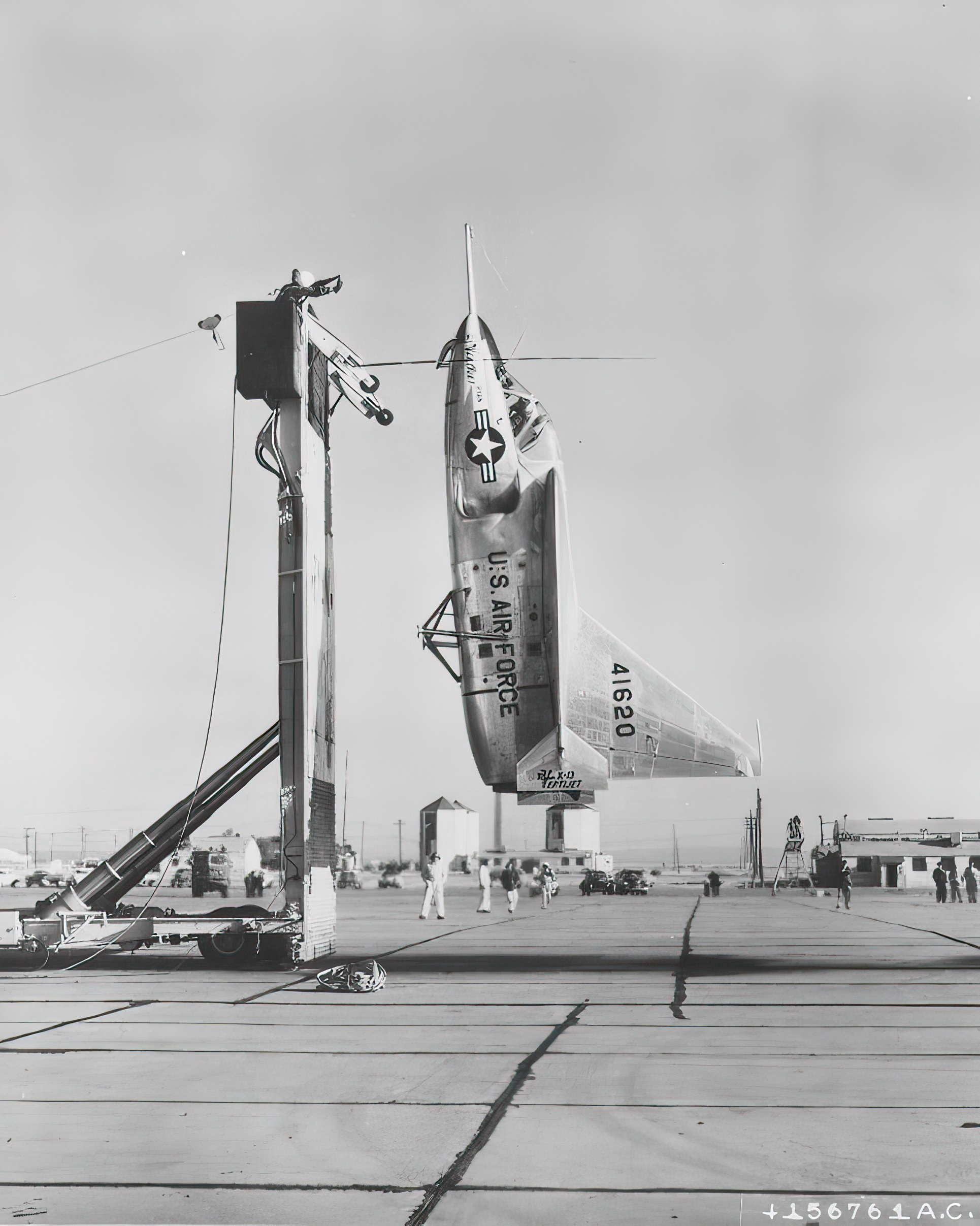
Later programs, such as the XV-6 Kestrel (see NASM collection) and AV-8 Harrier, achieved better success by producing operational aircraft. Nevertheless, despite the operating concept’s inherent impracticality, the Vertijet completed all the assigned objectives and clearly succeeded as an experimental display aircraft. Ironically, the thrust vectoring system, which was first implemented on the X-13, would eventually become a crucial part of cutting-edge combat aircraft.
In 1960, Ryan donated the first X-13 and its launch trailer to the Smithsonian Institution.

